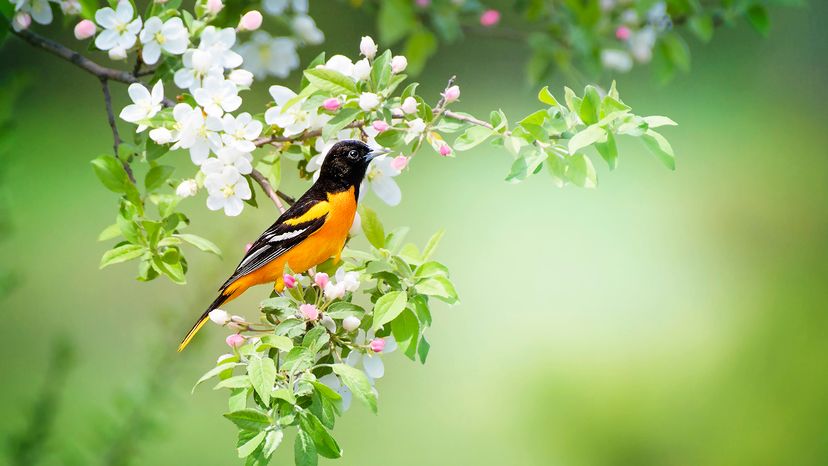
Orange birds are some of the most brilliantly colored creatures in the avian world! Whether you're strolling through mixed forests or watching your backyard feeder, these fiery-feathered wonders demand attention.
Advertisement

Orange birds are some of the most brilliantly colored creatures in the avian world! Whether you're strolling through mixed forests or watching your backyard feeder, these fiery-feathered wonders demand attention.
Advertisement
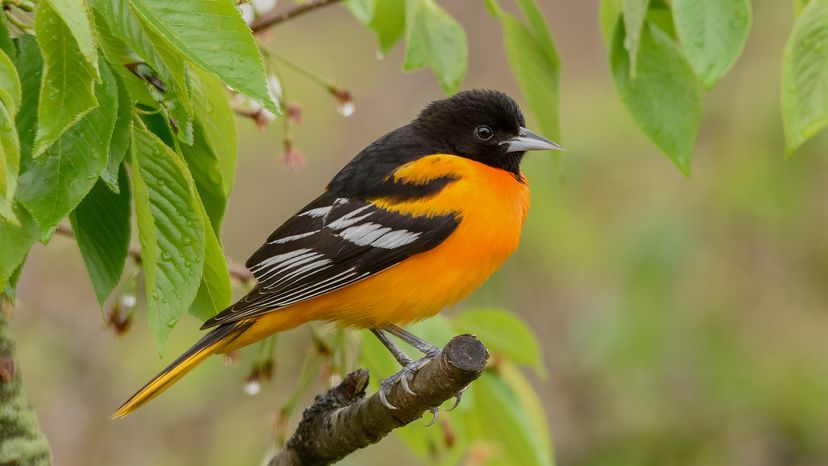
A favorite among bird lovers, the Baltimore oriole (Icterus galbula) sports a bright orange color on its chest and belly, with a solid black head and black wings with a white stripe.
This species belongs to the blackbird family and is known for its sweet, whistling song. It feeds on fruits, nectar and insects, often visiting backyard feeders stocked with grape jelly and oranges.
Advertisement

Closely related to the Baltimore oriole, Bullock’s oriole (Icterus bullockii) features a striking mix of flame-orange, white and black feathers. Adult males have bold white wing bars, while females display a more subdued yellow-gray plumage.
These birds nest in trees, weaving intricate hanging structures that sway in the breeze.
Advertisement
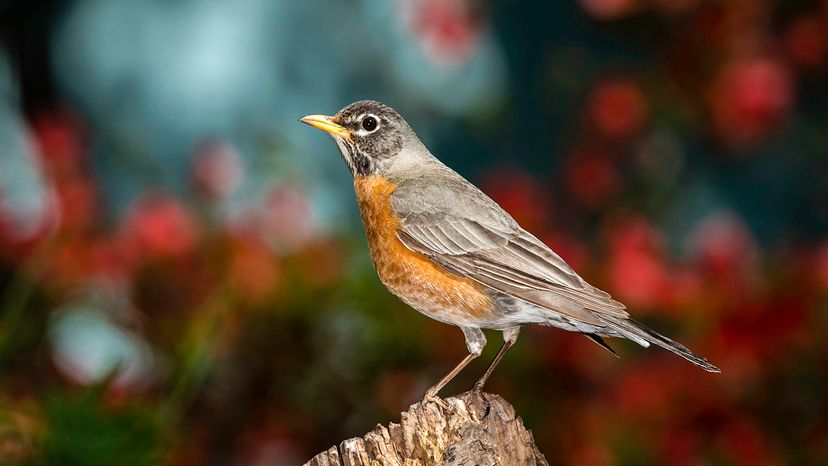
One of the most recognizable orange birds, the American robin (Turdus migratorius) has a deep reddish orange chest contrasted with a brown back and black head.
These medium-sized birds thrive in mixed forests and suburban areas, foraging for insects, berries and fruits. In spring, their cheerful song signals the arrival of warmer weather.
Advertisement
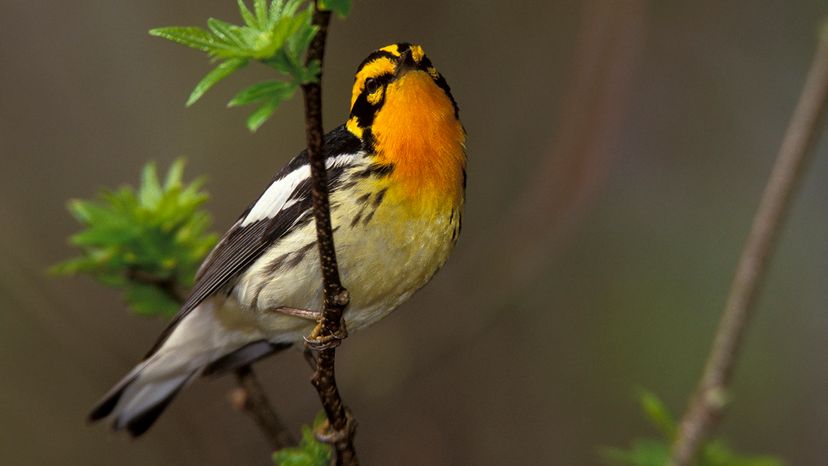
The Blackburnian warbler (Setophaga fusca) is a small but dazzling species with flame-orange plumage on its throat and head. It prefers the upper branches of tall trees, making it a challenge to spot.
This insect-loving warbler migrates between North and South America, adding a splash of color to the forests it calls home.
Advertisement
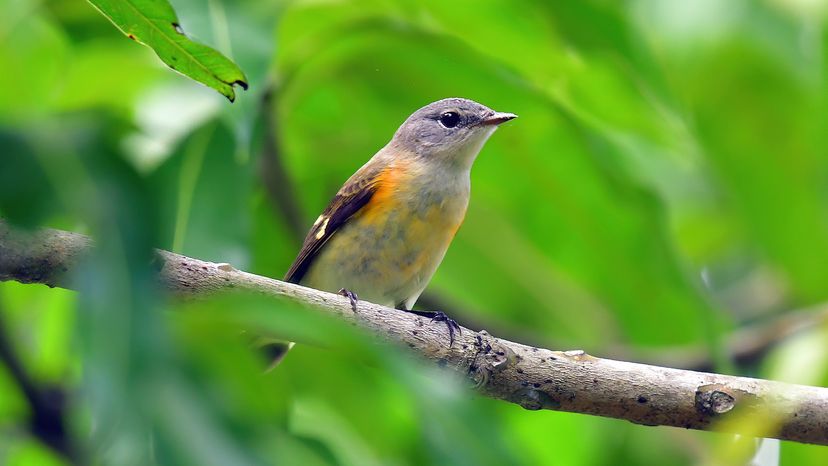
Adult males of the American redstart (Setophaga ruticilla) have a striking black and orange pattern, while immature males and females show a softer yellow hue.
These birds are highly active, flitting through trees in search of insects. Their quick movements and tail flashes make them a lively presence in woodlands and gardens.
Advertisement
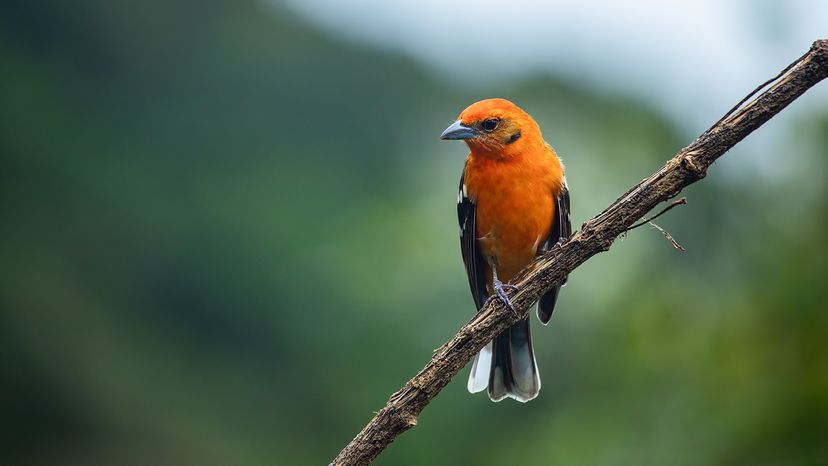
True to its name, the flame-colored tanager (Piranga bidentata) boasts fiery orange-to-red plumage with dark markings on its wings. Males are especially brilliant, while females display a more muted orange-brown coloration.
Found in the mountainous regions of Central America, this species prefers dense forests where it feeds on fruits and insects.
Advertisement
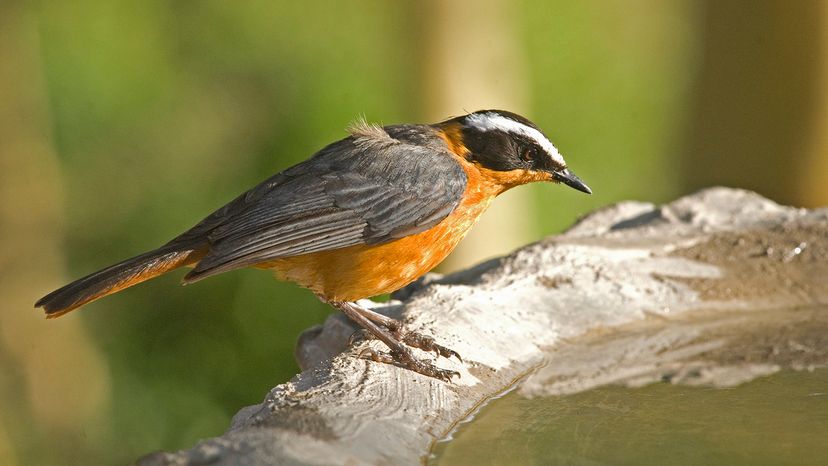
With a flame-orange belly and a distinctive white brow, this African species is as striking as it is vocal. The white-browed robin-chat (Cossypha heuglini) thrives in woodlands and gardens, where it sings melodious, complex tunes.
Its love for dense vegetation makes it a bit elusive but its song often gives away its location.
Advertisement
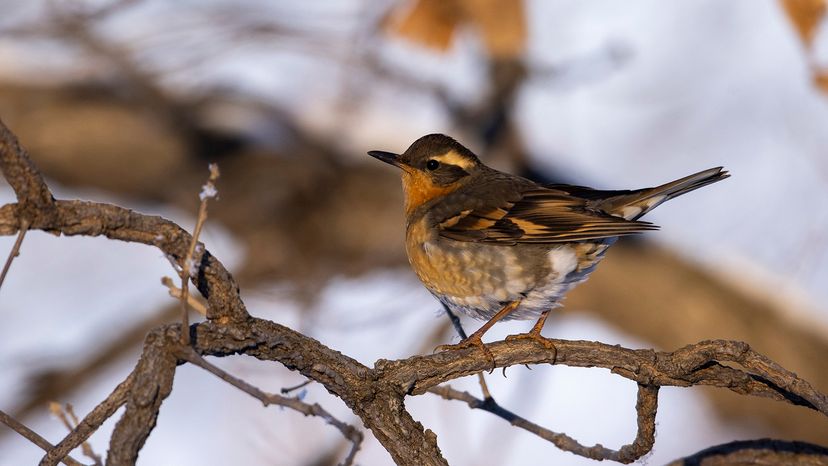
Resembling a more colorful version of the American robin, the varied thrush (Ixoreus naevius) has a deep orange chest and throat, with bold black markings on its wings, head and tail.
It prefers the cool, misty forests of the Pacific Northwest, where it forages for insects and berries. This secretive bird is more often heard than seen, with its haunting call echoing through the trees.
Advertisement

Native to Australia, the flame robin (Petroica phoenicea) features a brilliant flame-orange chest that contrasts with its gray-brown back. Males are particularly vibrant, while females are more subdued and lacking the male's orange hue.
These birds prefer open woodlands and are often spotted perched on fence posts or low branches.
Advertisement

The northern red bishop (Euplectes franciscanus) is a small bird with a thick-based beak and a fiery red-orange body. Males of this species undergo a dramatic transformation during breeding season, developing a striking vivid plumage.
They are commonly found in grasslands and wetlands, where they build intricate nests close to the ground.

Black-headed grosbeaks (Pheucticus melanocephalus) are medium-sized birds with thick necks and a rich orange-brown chest. They belong to the Cardinale family and are often seen in trees, where they hunt for insects and spiders to eat.
They can also be seen cracking open sunflower seeds with their thick-based bills. These birds are migratory, traveling between North and Central America depending on the season.
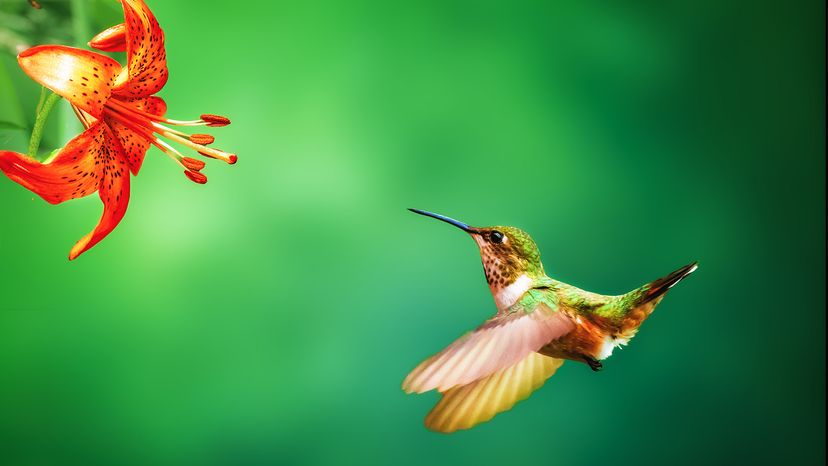
Rufous hummingbirds (Selasphorus rufus) have some of the most intensely colored orange plumage of any bird species. Males are particularly dazzling, with an iridescent, red-orange throat that shimmers in the sunlight.
These energetic birds migrate thousands of miles each year, feeding on nectar from flowers along the way.

The ruddy kingfisher (Halcyon coromanda) stands out with its rich, orange-brown plumage and bright orange-red bill.
Found in parts of several parts of Asia, this migratory bird prefers forested streams and wetlands, where it hunts fish and insects. Unlike many kingfishers, it tends to be more secretive, perching quietly in dense vegetation.

These brilliantly eye-catching tropical birds are distinctive both for the color and shape of their plumage. The male Guianan Cock-of-the-Rock (Rupicola rupicola) has an arc-shaped crest on its head, colored in the same bright orange as much of the rest of its plumage.
It live in the rain forests of South America.
We created this article in conjunction with AI technology, then made sure it was fact-checked and edited by a HowStuffWorks editor.
Please copy/paste the following text to properly cite this HowStuffWorks.com article:
Advertisement